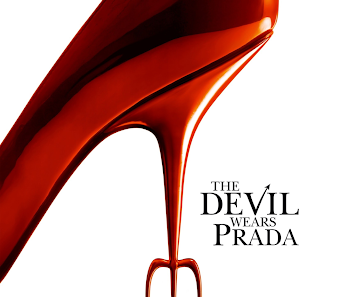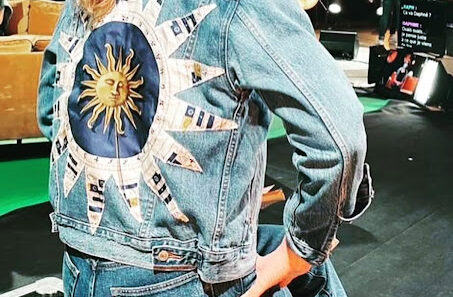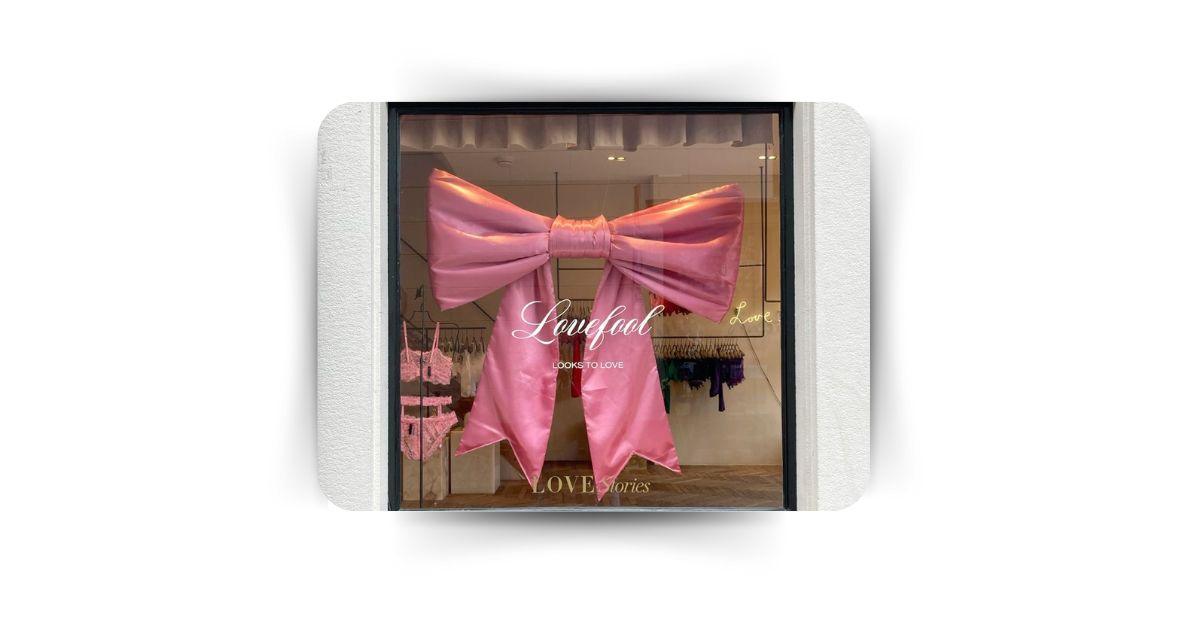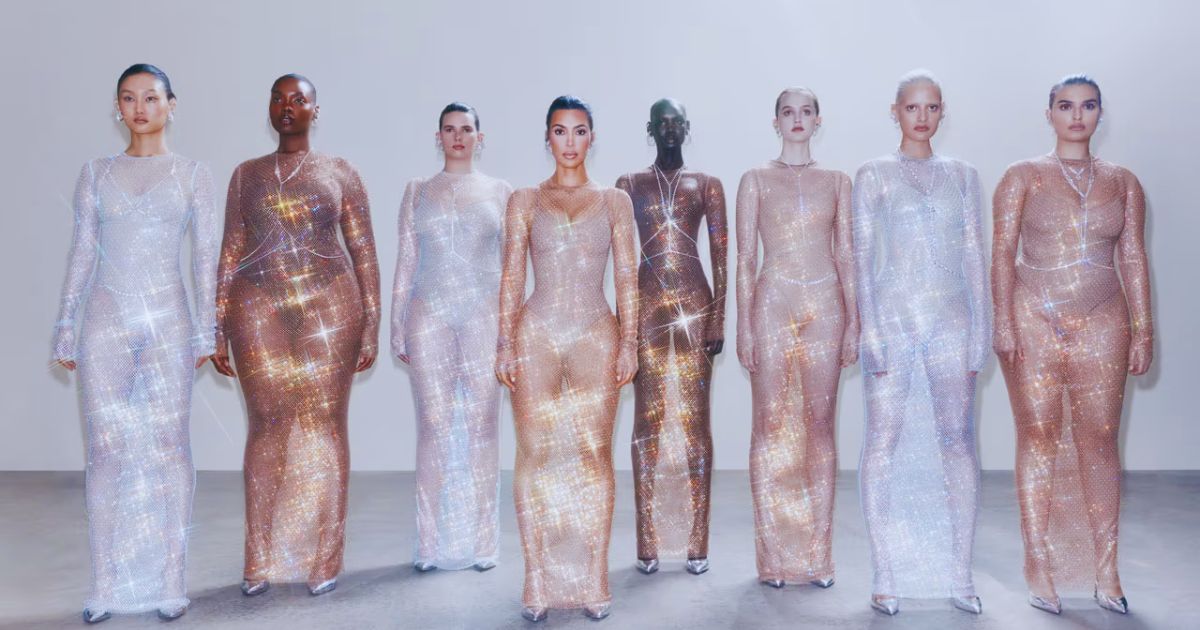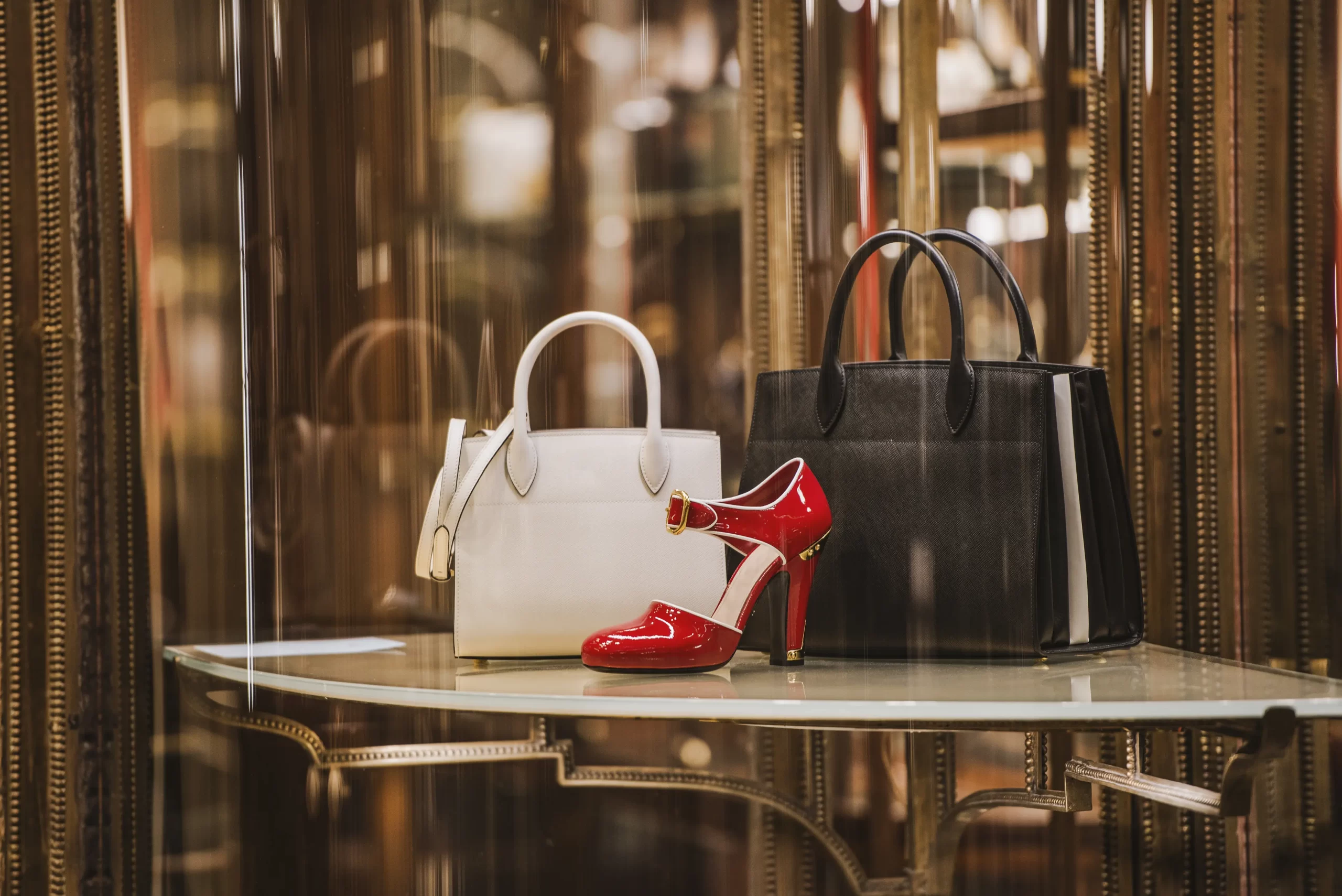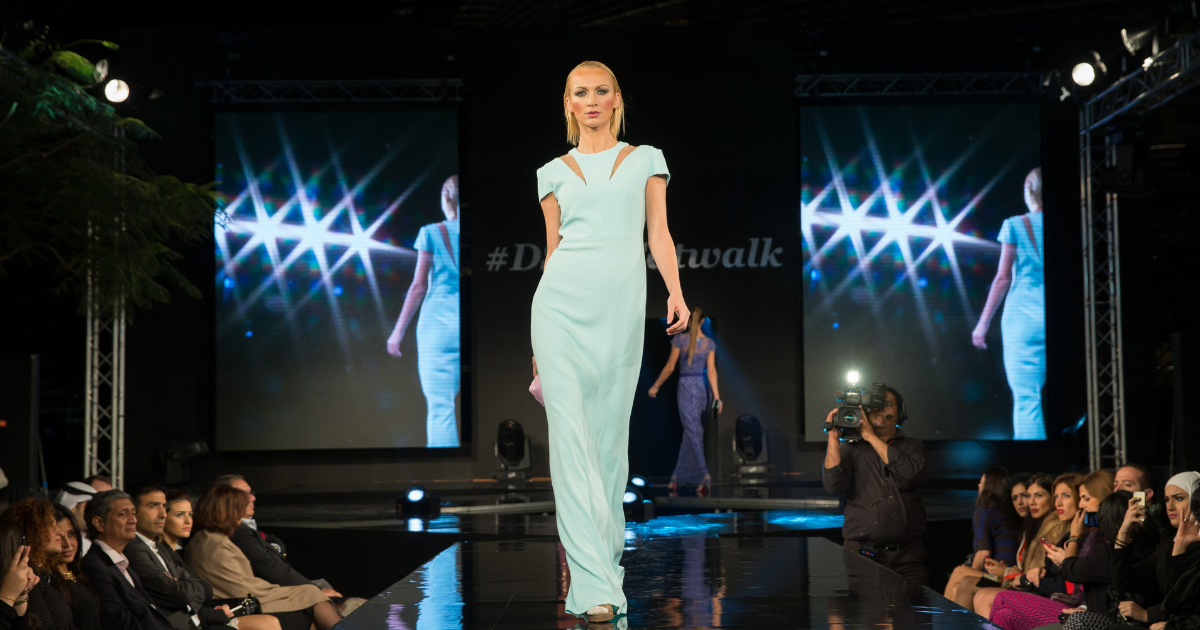The Pay discrepancy is a media-fuelled discussion that has unearthed several issues within all industries. The turbulent relationship between the fashion industry and wages, owing to sweatshops in Bangladesh and Child labour in Sri Lanka has noticed many more layers in the past years. Simply put, a pay discrepancy or the pay gap is discrimination, usually based on gender, between pay scales, with male workers receiving higher wages than their female colleagues. Not only at the baseline level, but the executives, models and fashion influencers all inevitably fall under the bandwidth of this negative phenomenon. This article explores the evolution of pay discrepancies in multiple spheres, from the origination of the Fashion industry to modern-day feminism. Along with this, key legal developments and legislations are explored, including landmark precedents and violations by industry leaders.
HISTORICAL CONTEXT OF THE PAY DISCREPANCY
The wage disparity between men and women has been noticed as early as World War I. The textile-clothing industry, an ever-booming industry, had significant distinctions between the wages paid to male and female workers. The reported wage for men is $10.10 while female workers earn $7.94. Although it may not appear to be as significant of a variance, the modern-day values portray a noteworthy distinction between $350 (approximately) and an estimated $275.27 for women. While external factors of age, English speaking abilities etc. were far more likely to justify the wage gap, a negative correlation between gender and pay can be inferred from our history.
In 1969, the industrialised United States observed more riveting figures to a 42% variation between standardised wages. The study by McGouldrick and Tannen further reported that education as a market signal provided a third of a percentage greater increase for men than women. The institution of marriage, usually a sacred union, was yet another factor where men were awarded a substantial increase in wages, while the opposite subsisted for women.
Focusing on the European Union, in particular, the European Structure of Earnings Survey reported an average wage discrepancy of 24.15%. While pre-pandemic Asia underwent even more riveting figures. The highest figure reported being 64.5% in Pakistan, with India following close behind with a 34.6% pay distinction. The breakdown of the Fashion industry into Garment, Textile and Footwear, as observed by the International Labour Organisation, displayed diverse ranges of wage dissimilarities, particularly in Bangladesh and Vietnam.
Gender and Ethnicity is a puzzling intersection. Men and Women being discriminated against by their “white” counterparts is one side of the spectrum. The additional layer of discrimination is noticed by variations in the pay received by “Ethnic” men and women.
Immigrant men are the most disadvantaged of all groups, with nearly half of the native employees. In particular, the Bangladeshi immigrants and the Pakistani immigrants bear the brunt of this. Although the discrepancy is not as huge, the Bangladeshi and Pakistani women, too are prey to this.
This indicates that the “Gender Pay Gap”, beyond the shields of “Male Chauvinism”, impacts both men and women. Not only ethnicity, but the modelling industry, an essential lifeboard to sustain the Fashion Industry, indulges in such unethical practices blatantly. In such industries, men have been reported to receive 75% less pay than female models. The productivity figures, which are often used to justify the pay discrepancies in the production process, are often stated as key contentions as to why female models receive a higher pay. This variance, however, may be a thing of the past soon. With a rise in male designers, catering only to male segment of the audience, through male models, has led to an overall increase in demand and thus pay.
Within the female modelling industry, ageism is a prominent phenomenon for discrimination. Ageism is prejudice against the older workers in an industry, often demonstrated through a reduced pay and cascading opportunities. Younger Female models, often up to the age of 25 are “in their prime”, with a steady downturn noticed as they age. These women are subjected to a lower “shelf life” and experience a negative correlation between age and pay scales. This is yet another phenomenon which creates a stark distinction, facilitating unethical business practices.
LEGAL DEVELOPMENTS
Key legal strides globally have embarked to provide equity to those dejected and underserved. The Equal Remuneration Act, 1976 is a notable step taken by the Indian Government. This act, as the name states, seeks to enhance the standard of living by regulating wage discrepancies. Moreover, this is in consonance with The Constitution of India, overall inculcating a sense of pay parity. Denmark’s Equal Pay Act of 1976 is yet another reformatory step to uplift women. This act builds a framework of accountability by requiring companies with over 35 employees to provide “sex-disaggregated pay data”. External government auditing and interpretation has paved a rectification mechanism.
The United Kingdom’s Equality Act 2010 (Gender Pay Gap Information) Regulations, 2017 is a similar regulation to Denmark. However, the mandate to report pay data based on gender begins with 250 employees in an organisation.
The National Labour Rights Act in the United States of America, the Equality and Anti-Discrimination Act, of 2020 in Norway, The Labour Code of The Republic of Lithuania, The Gender Wage Reforms in Iceland, and the Swedish Discrimination Act, all seek to promote the same goal- eliminate gender-based wage discrimination by holding corporations accountable for their actions.
MODERN-DAY SCENARIO
A pertinent question here is, whether positive social developments have eradicated the issue at hand. While the women in the workplace have fought tirelessly for a seat at the table, more often than not, lower salaries act as another barrier. According to the International Labour Organisation (ILO), women earn 73 cents for every dollar a man earns. This figure can stoop to as low as 44 cents for every dollar in low-income, developing economies. Not only this but also Present-Day fashion corporations, with a major proportion of the target audience being women, follow the age-old orthodox way of business.
One of the oldest fashion houses, Burberry, follows a staggering 26% pay gap based on gender, signifying that women earn a quarter less than men. Forever New, the retail fashion brand reports a 49% wage gap between male and female workers. Designer Karen Millen has reported figures similar to those of Forever New. Benefit Cosmetics reported a 30.7% wage gap while Pandora Jewellery reports
Not all hope is lost, The PVH House, owners of Calvin Klien and Tommy Hilfiger, undertakes inclusionary measures to ensure men and women are on an equal footing. The PVH reports disclosing the pay parity explicitly state objectives towards ensuring equity in the workplace.
Adidas has taken stern measures, engaging in collaborations to “make 20 per cent count”, while VFH and Gap Inc. have reported strong figures, suggesting regulatory compliance and pay parity.
LANDMARK LAWSUITS
Despite regulations, bewildering figures are reported by companies across the globe. Lawsuits thus are deemed to be an inevitable consequence of reality.
Cahill et al v. Nike Inc. is an infamous gender discrimination case that gave rise to the slogan “Just pay it”. This case mandated Nike to release wage data and statistical figures that are in violation of The Federal Pay Act, The Oregon Equal Pay Act and The Oregon Equality Act. This accountability seeks to provide justice to over 300 women discriminated against, not just for wage/pay scales, but also for promotions and Job assignments. Shahi Exports in India, supplying several international corporations including Gap, Zara, H&M and Marks and Spencer, faced a significant wage dispute in 2022, due to which the company agreed to pay backdated wages to over 80,000 workers.
Etro, the Italian fashion house, was yet another company that was served a lawsuit for its discriminatory practices. Discriminatory hiring practices, racism and unfair treatment towards those disabled were one side of the coin, on the flip side, claims of consistent unequal pay between men and women were contested.
CONCLUSION
Despite regulations, awareness and activism, the state of affairs remains bleak. Companies, in a hunt for profit, adopt dubious practices. While education and experience may act as a palpable market signal, the extent of its notoriety is challenged. Perhaps a mindset shift is necessary, or stricter regulations, trade union strikes or providing those affected a platform to protest. Several different anecdotes may be adopted to eradicate this issue. In a utopian world, such deep rooted obstacles may be resolved overnight, however, in the dynamic and over competitive fashion industry, this war is an ever-lasting reality, one which will take years to conquer.
SOURCES-
McGouldrick, Paul & Tannen, Michael. (1980). The Increasing Pay Gap for Women in the Textile and Clothing Industries, 1910 to 1970. The Journal of Economic History. 40. 799-814: https://www.researchgate.net/publication/227400987_The_Increasing_Pay_Gap_for_Women_in_the_Textile_and_Clothing_Industries_1910_to_1970
Comparing Apples with Oranges, Revisiting the Gender Wage Gap in an International Perspective:
https://docs.iza.org/dp1449.pdf
Asia Pacific Garment and Footwear Sector Research Note, Issue 4:
Equality and Human Rights Commission, Issue 108, Pay Gaps Research:
Gender wage transparency and the gender pay gap: A survey: https://doi.org/10.1111/joes.12545
Pay Transparency Policies can reduce the gender pay gap: The case of Denmark and the United Kingdom: https://blogs.worldbank.org/en/developmenttalk/pay-transparency-policies-can-reduce-the-gender-pay-gap–the-cas#:~:text=Pay%20transparency%20mechanisms%20include%20mandatory,and%20“naming%20and%20shaming.”
Cahill et al v. Nike, Inc:
https://gbdhlegal.com/cases/cahill-et-al-v-nike-inc/
Indian supplier to UK fashion brands agrees to pay £3m in unpaid wages
The other side of the pay gap: male models paid significantly less than female counterparts:https://ww.fashionnetwork.com/news/The-other-side-of-the-pay-gap-male-models-paid-significantly-less-than-female-counterparts,736480.html
Author(s):
 Meet Kanishka Chawla, an academically driven student at NMIMS School of Law, Mumbai. Kanishka strives for excellence in every field she is working in and overcomes challenges by providing pragmatic solutions. Enthusiastic about fashion, Kanishka brings a legal perspective to a creatively fuelled industry.
Meet Kanishka Chawla, an academically driven student at NMIMS School of Law, Mumbai. Kanishka strives for excellence in every field she is working in and overcomes challenges by providing pragmatic solutions. Enthusiastic about fashion, Kanishka brings a legal perspective to a creatively fuelled industry.




